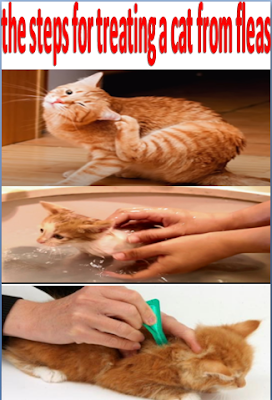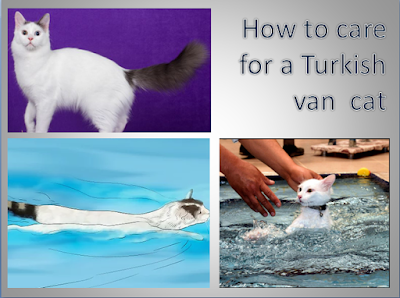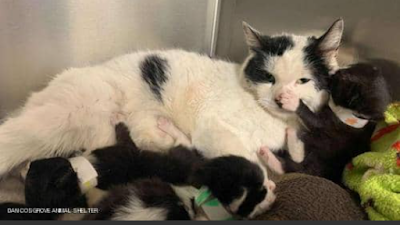Specifications of the Shirazi cat:
This is one of the calmest types of cats, it has a long hair, and it tends to sleep and stagnate for long periods, and it makes it great for its distinctive shape that is preferred by many people for its acquisition. It is a type and its hair is divided into two layers, the outer is long and the inner is short, and the length of the outer ceiling may reach 13 cm.
Features of Shirazi cats:
1-These cats are among the most familiar types of animals in the home and they are quick to train and adapt to living in homes without causing inconvenience to their owners.
2-Its origins go back to Persia, meaning Iran, its average length is about 60 cm, and its weight reaches 4.5 kg.
3-It has a long, thick, soft fur with amazing different colors that contrast between golden, orange, black, and white.
4-She has a slightly round face, her nose is small, her feet are small, and she is distinguished by large wide eyes and she is the most beautiful cat in the world.
5-Mostly the color of her eyes is the color of the fur.
6-The Shirazi cat is calm, always has a pleasant temperament, loves to play a lot and is safe to play with children,and is can adapt to other animals that live near him.
7- Persian cats like to sleep a lot and to remain sitting for a while, for the duration of their growth per day is about sixteen hours, and they are a clean cat.
Disadvantages of raising Shirazi cats:
Among the diseases that afflict it:
1-Kidney failure, but the risk of developing this disease increases when she gets older, one of the symptoms of kidney failure in cats is frequent urination.
2-Because of the small size of the nose, it is always prone to shortness of breath and weight loss, and depression, so take good care of exposing your cat to proper ventilation and stay away from places where the odors are unpleasant or annoying.
3-She is highly susceptible to eye diseases due to the shortened tear ducts, so clean her eyes well and continuously so as not to contract diseases.
4-Because her heart wall is thick, she is highly susceptible to heart disease, especially if she is overweight or old, and she may die suddenly.
How many years does the Shirazi cat live؟
What are the factors affecting the age of the cat?
Cats who do not eat a healthy diet are more likely to develop health problems, and parasites and diseases may affect their health as well. Some diseases can have long-term effects on them, which leads to their short life. Outdoor cats are usually shorter than domestic cats. It can expose to many risks; Such as the danger of being run over by vehicles, or harming them because of wild animals, or eating toxins, or facing the problem of not finding food, or exposure to many parasites and diseases, and it can be said briefly that the more time the cat spends outside, the greater the risk of exposure to infection Or diseases from the external environment.
What does a Persian cat eat?
Most Persian cats suffer from problems while eating because of the strange shape of their mouths, as they have somewhat curved jaws and are not in a regular line, and they eat their food very slowly, and for these reasons, the food provided to these cats should be monitored, and many veterinarians recommend that it include A typical Persian cat's diet plan is nearly 80% wet food; This is because that the Persian cat is prone to polycystic kidney disease.
The healthy foods that can be eaten:
Meat; Like fish, chicken, beef and rabbits. Wheat and oats. Peeled bananas and apples.While you must completely refrain from giving her some foods that harm her health, such as the following foods: chocolate. Grapes and raisins. Onions and garlic. Alcohol. Raw eggs. Anything that contains caffeine. Also, some foodstuffs can cause an allergic reaction to Persian cats, so these cats should not eat: soy. corn seeds. Dairy products. Gluten.






















